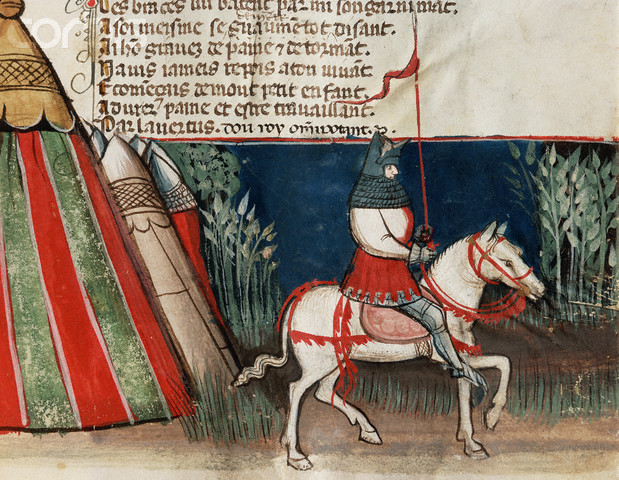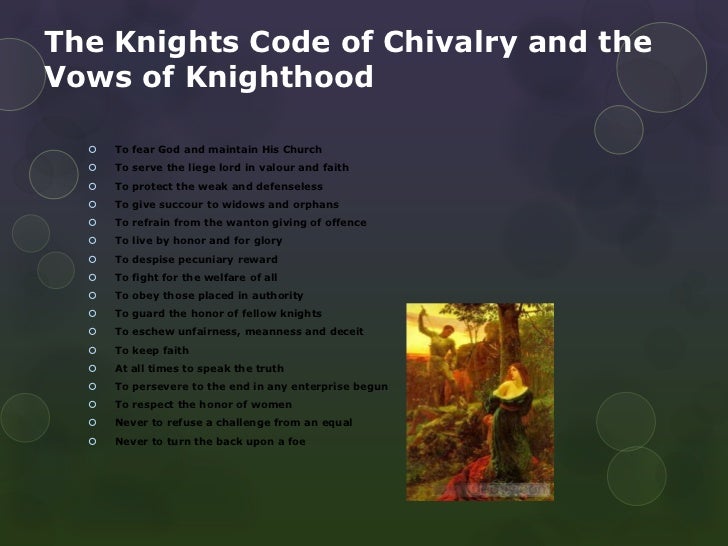

Describing his task as “cutting a path through the thickets of Romanticism,” Kaeuper says that people in the 1800s in England and continental Europe, and to a lesser extent, the United States, looked back to the Middle Ages in a search for national identity and in an effort to escape problems of modernity. The title of his book is deliberate because Kaeuper wants to emphasize that what he is examining is medieval chivalry, not post-medieval chivalry or neo-Romantic chivalry. Young Knight in a Landscape by Vittore Carpaccio.

By then, it’s a “set of ideas that organizes thought and behavior.”ĭressage by e_monk encapsulates the image of a chivalrous knight on horseback.

Tournaments come into being and literary romance and epic flourish.Īnd in the third phase, which he calls “chivalry beyond formal knighthood,” the influence of chivalry pervades society. In the second period, such high-born men begin to cultivate an identity as knights. The first, he calls “knighthood before chivalry”-the beginnings of the military profession in the period before kings and other noblemen would have called themselves knights. Women Without Virtue Need Not Apply! The Medieval Nine Worthy Women.France and England Didn’t Own Chivalry: Have You Heard of the Polish Knight Zawisza Czarny?.
#Medieval chivalry code of honor how to#
How to Be A Chivalrous Knight in Shining Armor: Follow the Code!.The English, the Italians, the Spanish, and the Germans not only adopt it but also make it their own. He writes that “virtually every medieval voice we can hear accepts a chivalric mentalité and seems anxious to advance it (and often to reform it toward some desired goal) as a key buttress to society, even to civilization.”Ĭhivalry is “pretty much a French creation,” and then it moves through Western Europe. It denotes “deeds of great valor performed by knights,” he says.īut it also refers to the collective body of knights present in an action and-most important-a set of ideas and practices. The term “chivalry”-unlike “feudalism”-is a medieval one, and an essential concept for the age. “It’s an immense topic that goes everywhere,” he says. Though its influence is still felt, chivalry is specific to a historical period-from roughly the second half of the 11th century into the 16th century-and it underpins medieval society in many ways. (Image: e_monk/ CC BY-NC-SA 2.0 ) Chivalry’s path through Europe The work of a knight was a bloody business. Now he’s completed a book, commissioned by Cambridge University Press, called Medieval Chivalry, which looks at the concept generally. Kaeuper has devoted his career to changing these misconceptions, with books such as Holy Warriors: The Religious Ideology of Chivalry (University of Pennsylvania, 2009) and Chivalry and Violence in Medieval Europe (Clarendon Press, 2001). But he also insists that chivalry is more than a timeless warrior code.

It’s a very bloody profession, and admire it to excess,” says Kaeuper, a professor at the University of Rochester. The gallant knights on horseback and banners unfurling before exciting tournaments largely come from people in the 19th century who saw the Middle Ages through a romantic haze.Ĭhivalry was a violent, often grisly, phenomenon. Our popular ideas of the chivalric world are off base, according to historian Richard Kaeuper. By Kathleen McGarvey / University of Rochester


 0 kommentar(er)
0 kommentar(er)
